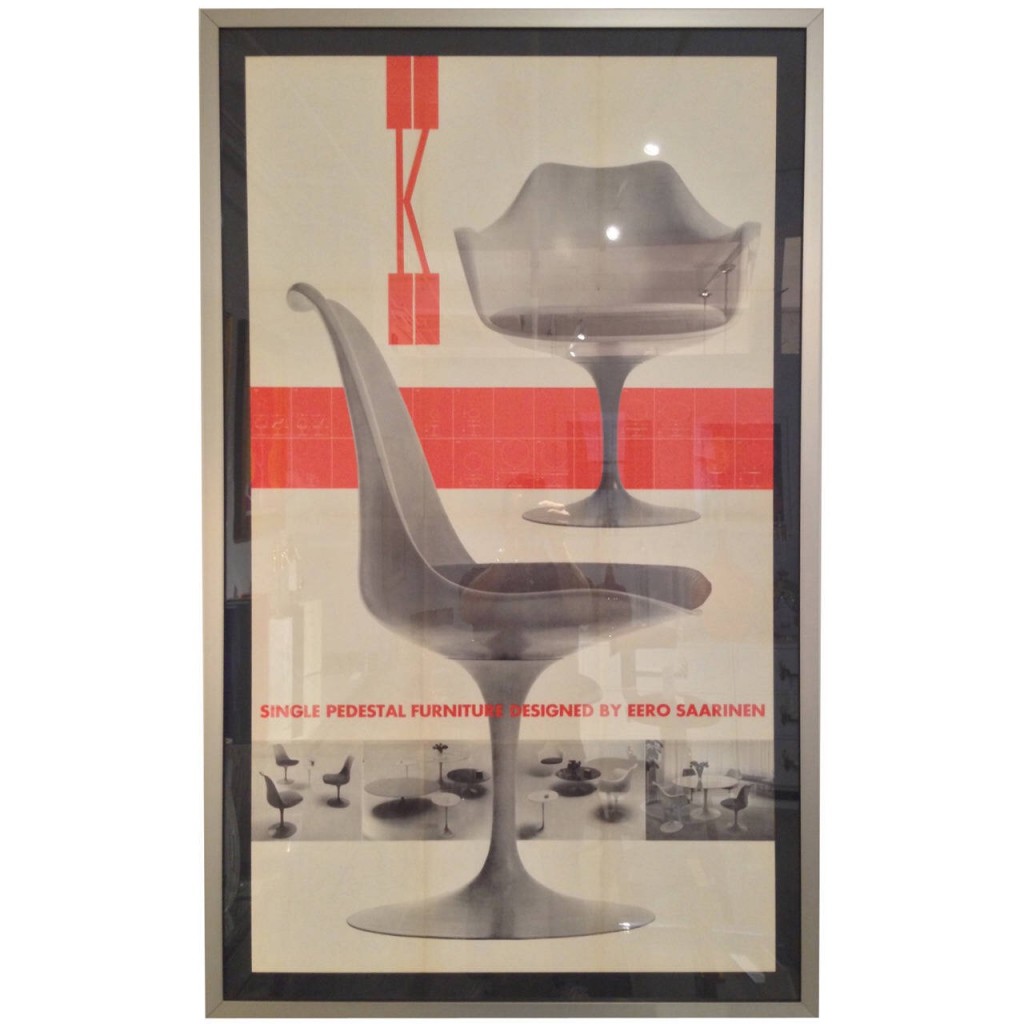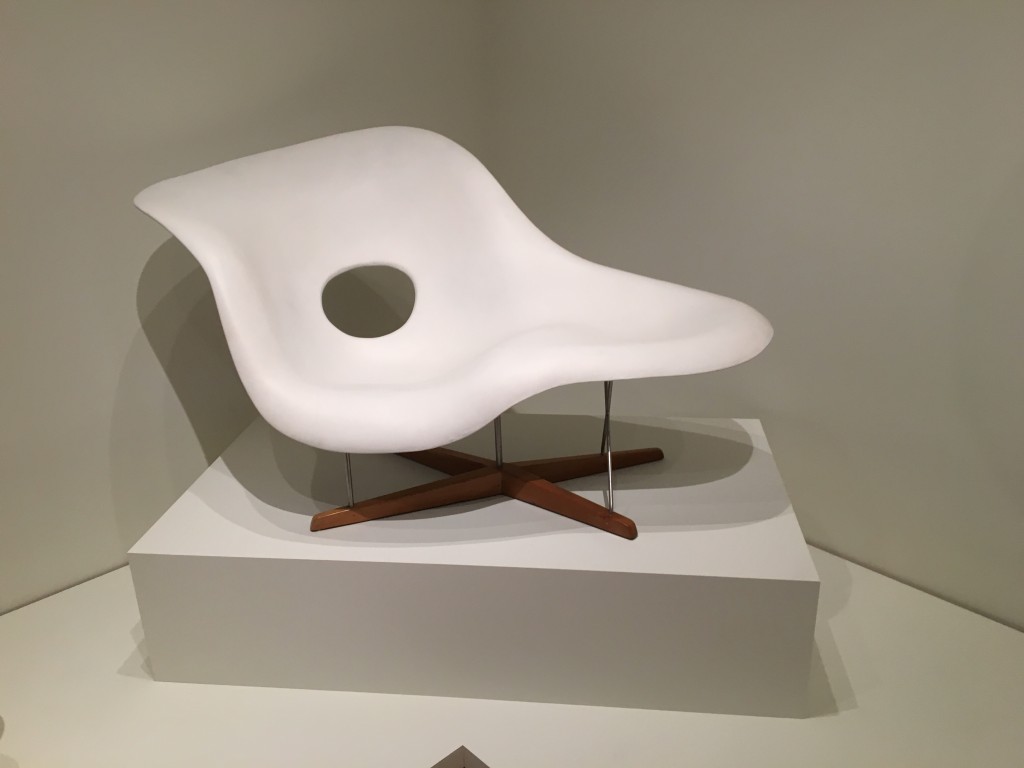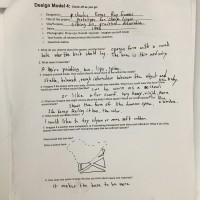Model #1:
“Prototype for Chaise Lounge” by Charles Eames and Ray Eames, 1948, hard rubber foam, plastic, wood and metal.
The form of the chair is abstract and corresponds with female nude, a spine, bones and lips. The texture is smooth and the chair is completely opaque except the circle shaped hole where the person who sits should lean. Sitting on the chair feels like it would be comfortable since of the spine shape of it although, it looks like the sensation would be very stiff. Moreover, It would probably feel very balanced and stable to lie on.
If I could wear this object on my body I would wear it like a shawl or a fur scarf although it would be very rigid and heavy to carry.
The chaise loungue was inspired by Gaston Lachaise’s 1927 sculpture “Reclining Nude”. The element of making a chaise loungue inspired by the woman’s body is a very problematic use of the female body. Nowadays it would be counted as an objectifying use of femininity as a sexual, passive object which we are supposed to lay on. Although its beauty,this piece would probably wouldn’t be approved in 2016.
If I would have to create my own version of it I think I would use a more softer material, like soft rubber or silicon and in a different color perhaps pink.
If the bottom solid section was empty and the empty negative spaces were solid then the structure would be more brutal and rough. The actual chaise lounge would get less attention and might even get difference and less erotic, sensual associations.
Model #2:
Henk Wildschut, “Calais, France, March 2016”, photograph, hanged on the wall, 2016.
The object in the picture has an abstract form, it is an upside down tent, made out of textiles. The object resemble a ruined building, a mountain, a picasso painting, an abstraction of a house. The feeling of being inside will probably be very unstable, exposed although being covered, clumsy, fragile.
If I could make a wearable item out of it I would use it as a very grotesque victorian skirt. That would look very dramatic and out of its original context. I think I would feel very uncomfortable and whimsical.
The object portrays the life of refugees being an allegory to the upside down tent in the photo, being unstable, chaotic, ephemeral and breakable.
If I could make my own version of it I would make the object out of cement. Changing the opaque parts into transparent parts will make the tent even more exposed, unpractical and detached from the ground. The transparent version of it will emphasize the object’s abstraction.
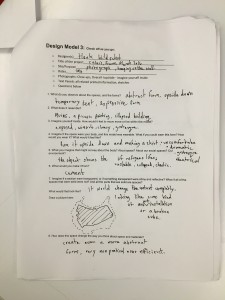
Model #3:
The “B.K.F Chair”, made by Antonio Bonet, Juan Kurchan and Jorge Farrari, leather and metal, 1940. The chairs purpose is asthetic but mainly practical, made to be sat on. The form of the chair is rounded, symmetrical and clean. The execution is minimalistic, clear lines and forms. There is a contrast between the thick spreaded leather and the minimized metal base which emphasizes the shape of the leather part almost like it is a flying butterfly. In addition to resembling a butterfly when he opens his wings, it has the shape of striped leather and human lips. Sitting inside it can create a hammock feel, comfortable, yet unstable and demanding in the sense of being a part of the object almost being dominated by its embracing shape.
If I could wear this object on my body I would put it on my torso since of its resemblance to an eccentric version of shoulders. Wearing it would give a strong, threatening and also a coquettish feel into it.
There is a contrast between the rounded shape of the leather and the sharp, thin form of the metal base. The contrast creates a sense of danger and adventure since one can’t really know how sitting on it would fill. The simple mechanism with the thin base and a leather cover that connects with pockets to one another brings up doubt and curiosity about its ability to hold an actual person. The rounded shape of upper part correspond with the movement of the body and almost hugs the person who sits on it.
If I would make a version of this chair I would make it out of a reflecting fabric so the person who sits in it would see fragments of his reflection. If the solid parts were transparent the aspect of danger would be even more exaggerated since it would look like sitting on a blank space.
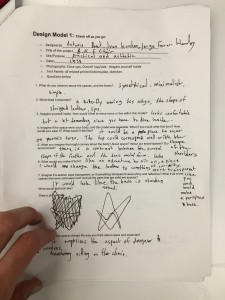 Model #4:
Model #4:
The “Single Pedestal Furniture”, Herberet Matter, 1957. A chair, made to be sat on, design and practical purposes. The overall object has a rounded form, clear lines, smooth texture, rounded and even sensual shape to it. The object resembles a vase, the female form, a flower. Being inside the form may feel very balanced and well covered through all of my spine and thus, very comfortable. If I could wear that form I would turn in upside down and wear it as a helmet on my head. The ability of the chair to turn its base gives a sense of adventure and excitement to an object which is usually static. The chair has reflects the 1960’s view on the future- chairs would have a cool and glossy aesthetic to it and would be able to turn around to every direction possible. The rounded shape also shows the flow and the natural interaction with movement of the body.
If I could make the object from a different material, I would use a transparent base so the chair would look like it is floating on air, in order to emphasize the fantasy of the future as a promising and limitless world of possibilities and for the chair I would choose something like copper metal to give it more contrast. Making the top part of the chair transparent would give a more contemporary touch to it and may resemble the designs of Philippe Stark. The chair would look lighter, less dramatic. Also the transparent body of the chair creates the illusion, the boundaries between the negative and the positive spaces would be more blurred.
